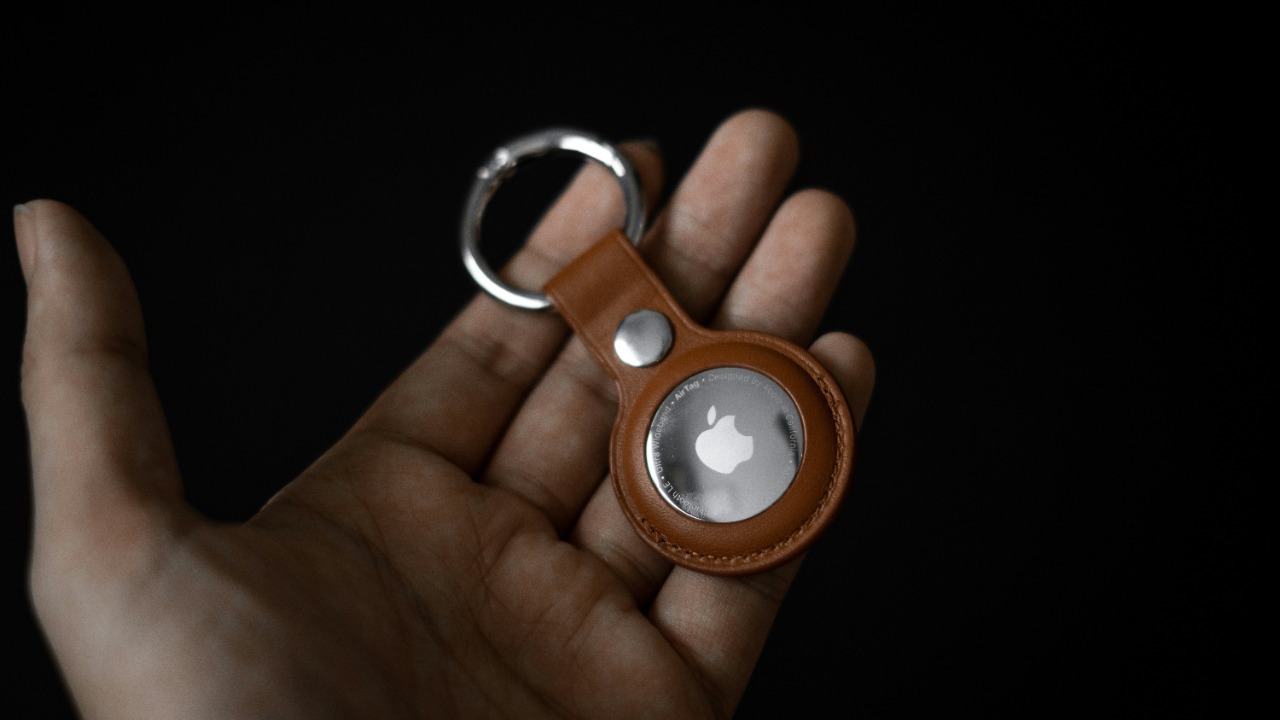
Apple AirTags are convenient tools for tracking personal items, but they can also be misused for unwanted tracking. Understanding how AirTags work can help you take proactive steps to safeguard yourself from potential stalking or tracking incidents. This article explores how to detect if an AirTag is tracking you and provides strategies to protect your privacy.
Understanding How AirTags Work
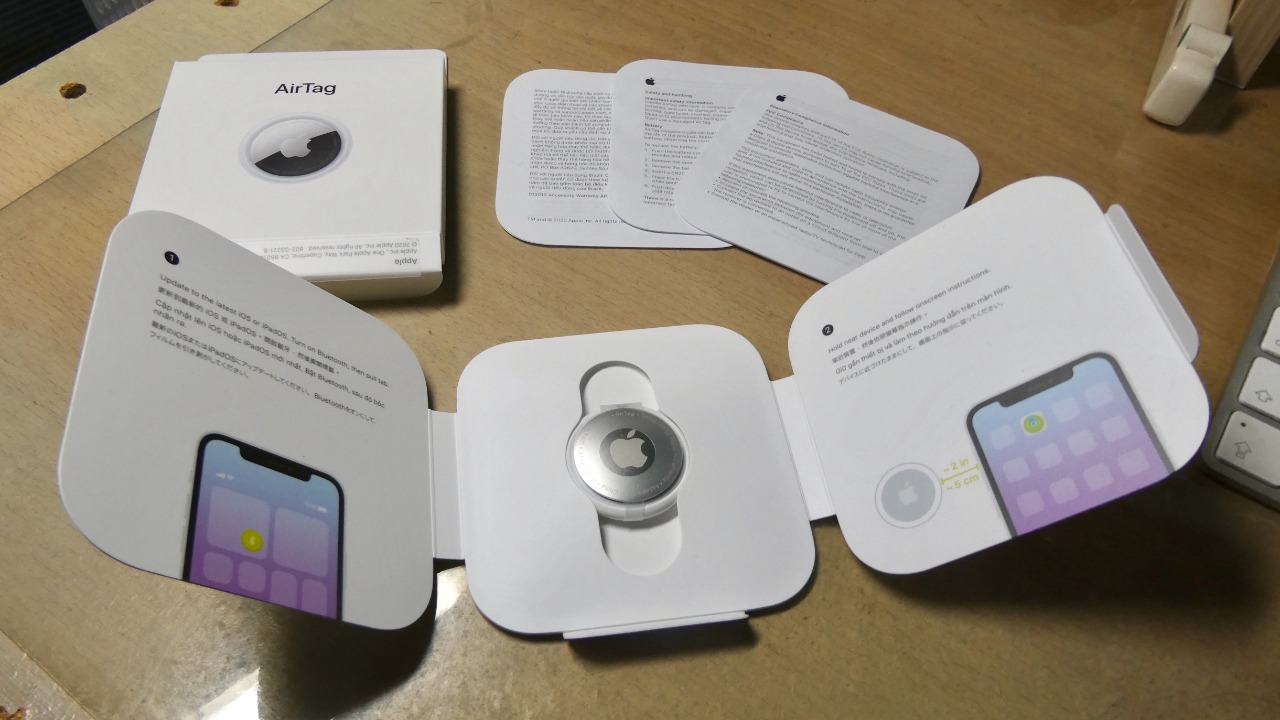
Apple AirTags utilize Bluetooth technology and the U1 chip, which enable them to communicate with nearby Apple devices. The U1 chip allows for precise location tracking, making it easier to locate misplaced items. When an AirTag is within range of an Apple device, it can securely transmit its location to that device, allowing users to track their items through the Find My app.
AirTags connect to the Find My network, a vast network of Apple devices that helps update the AirTag’s location. This network leverages Bluetooth signals from nearby Apple devices to relay the location of the AirTag back to the owner’s Find My app. Despite the vast network, Apple has implemented various privacy measures, such as alerts for unknown AirTags and rotating Bluetooth identifiers, to protect users’ privacy.
Detecting Unwanted AirTag Tracking
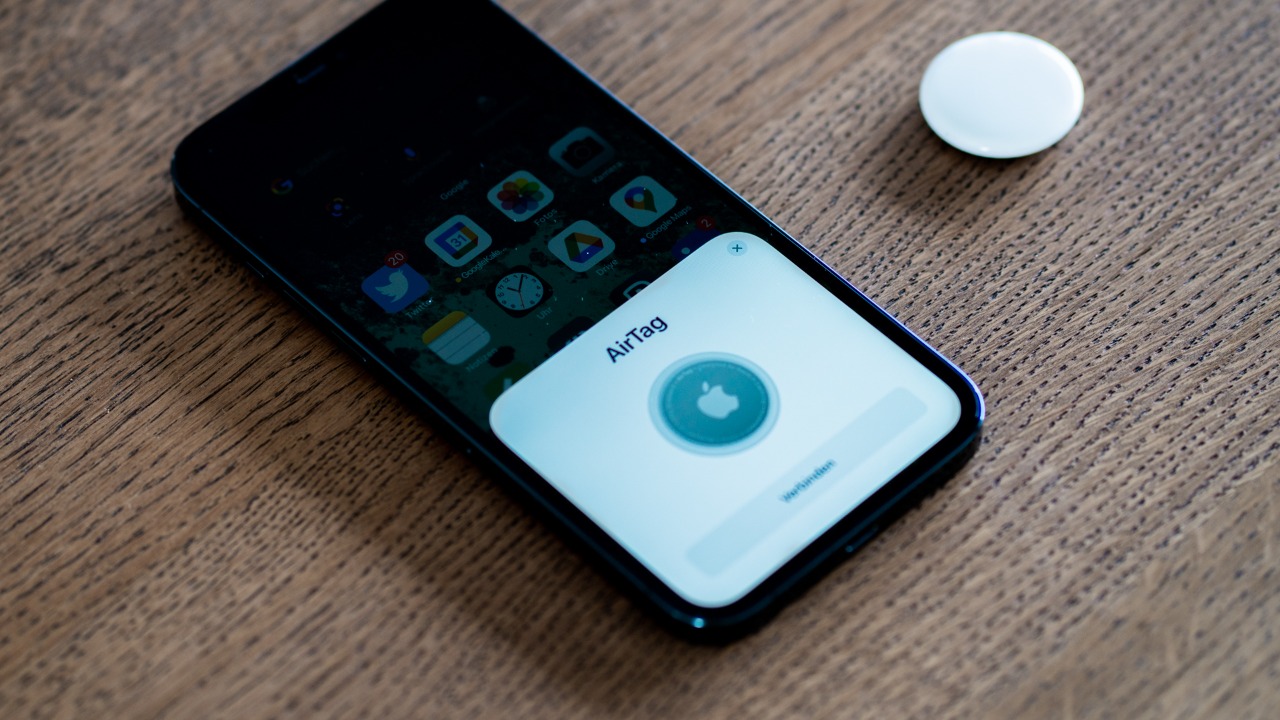
There are several signs that an AirTag may be tracking you. One indication is receiving alerts on your iPhone about an unknown AirTag moving with you. This feature is part of Apple’s privacy measures to alert users of potential unwanted tracking. Being aware of these alerts can help you determine if an AirTag is being used to track your movements.
To locate suspicious AirTags, you can use the Find My app. Open the app, and it will show any nearby AirTags that aren’t associated with your Apple ID. If you find an unknown AirTag, you can disable it by removing its battery. It’s also important to report the incident to law enforcement, as this may be part of a larger pattern of stalking or unwanted tracking.
Preventative Measures to Avoid Being Tracked

Regularly checking your belongings for hidden AirTags is a simple yet effective way to prevent unwanted tracking. Periodic inspections of personal items, such as bags and clothing, can help you identify any concealed AirTags. Staying vigilant about your personal space and belongings can reduce the risk of being unknowingly tracked.
Keeping your iPhone updated is crucial for receiving the latest security alerts and features. Apple frequently updates its iOS to address security vulnerabilities and enhance privacy features. Additionally, Android users can utilize third-party apps designed to detect nearby AirTags, providing an extra layer of protection for those without an Apple device.
Legal and Ethical Considerations
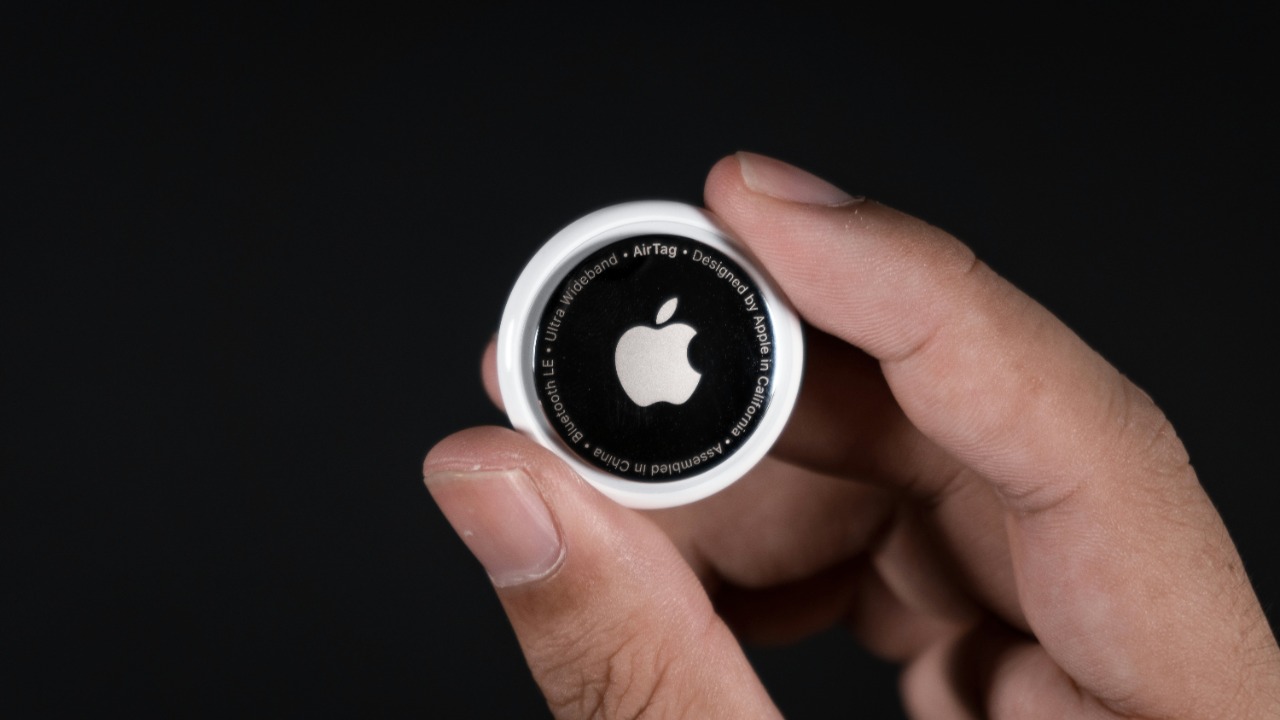
Understanding the laws surrounding AirTag tracking is essential for both users and potential victims. Unauthorized tracking using AirTags may have legal implications, varying by region. It’s important to be aware of these laws to protect yourself and others from unwanted tracking incidents.
Apple has a clear policy against the misuse of AirTags. The company actively takes action against violators, ensuring that their products are used ethically and responsibly. As an AirTag owner, it’s vital to respect others’ privacy and use the devices ethically. This responsibility extends to ensuring that AirTags are not used for unauthorized tracking or stalking.
Resources for Victims of Unwanted Tracking
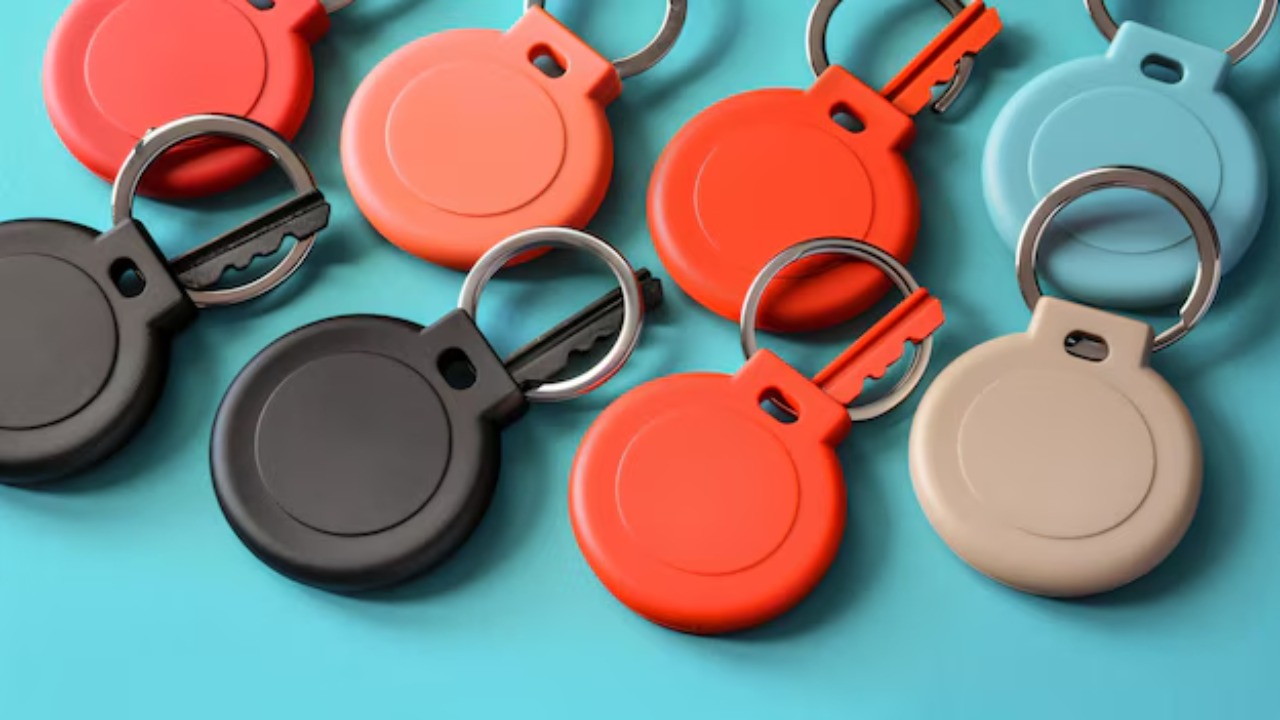
If you suspect you’re a victim of unwanted tracking, several support services and hotlines can provide assistance. These organizations can offer guidance on how to handle the situation and connect you with resources to enhance your safety. Additionally, online forums and communities can be valuable sources of support and advice from others who have experienced similar situations.
Reporting stalking incidents to law enforcement is crucial for your safety and the safety of others. Documenting evidence, such as alerts from your device and the location of the found AirTag, can be helpful when filing a report. Ensuring that authorities are aware of the situation can aid in taking appropriate action against the perpetrator and prevent future incidents.